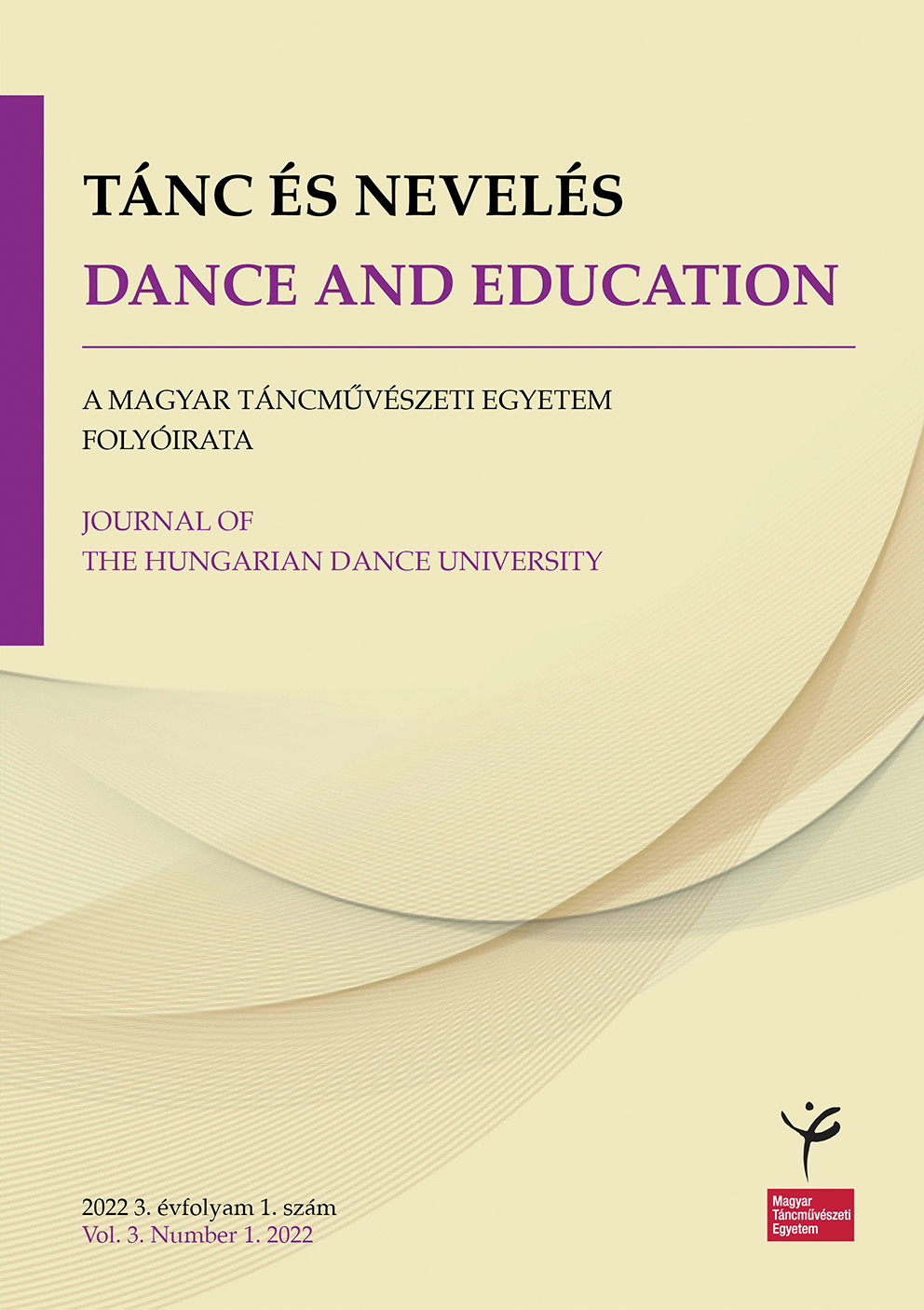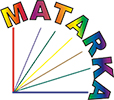Increasing Students' Activity in PE Lessons Through the Integration of Dance
Abstract
In the paper, a measurement of dance class activity is presented in physical education classes in 4th, 5th and 7th grades. The aim of the research was to identify at which ages and for which personality types of pupils dance could be a beneficial alternative. A further aim was to gather experience on the optimal placement of the accelerometer when measuring dance movement. Dance class activity was measured by an accelerometer, while the ‘How do I behave?’ self-report questionnaire was used to investigate personality types. Analyses were performed by grade, lesson content and personality type. The results showed that MVPA-values for physical education classes were balanced across grades but the average value of MVPA for dance classes decreased significantly with increasing age. The dance class activity levels of students with non-competitive personality were also higher than those of their older peers. Dance classes can provide an appropriate movement alternative for daily physical activity because dance education integrated into school physical education can impart movement skills that can be a lifelong form of movement for non-competitive personality types.
Copyright (c) 2022 The authors

This work is licensed under a Creative Commons Attribution 4.0 International License.







4.png)
